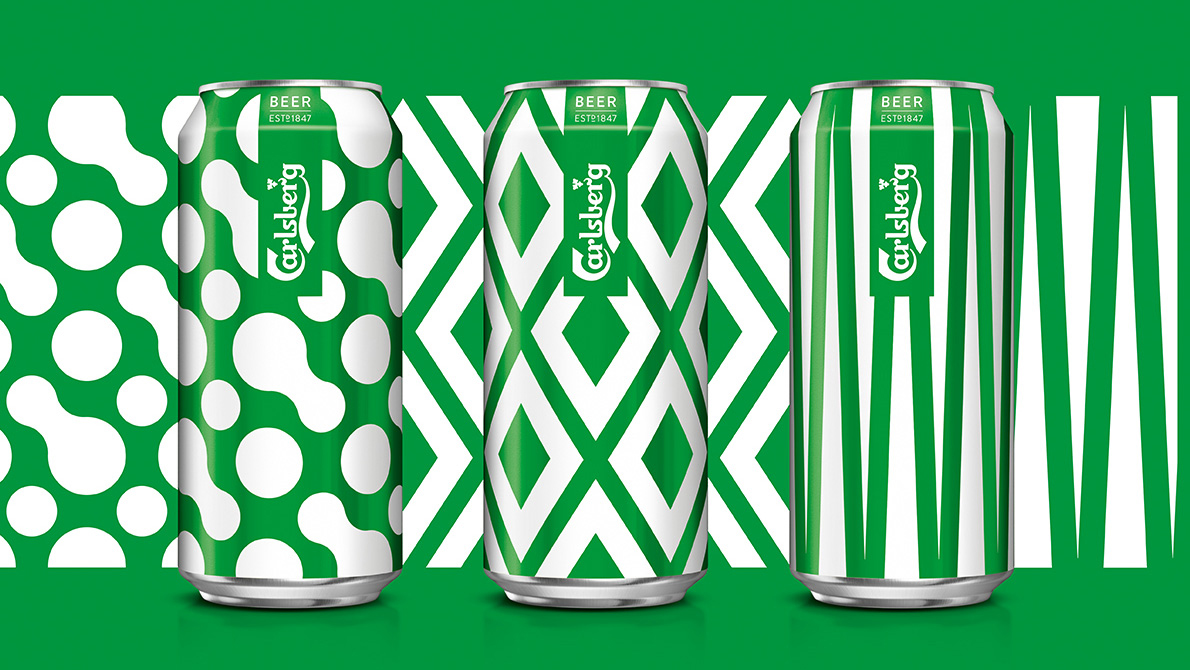The designer’s guide to Brexit
Strap in and prepare yourself for the unknown future of life outside the EU with our pro advice.

Many people in the UK spent 24 June 2016 in a state of shock in the wake of the previous day’s Brexit referendum. Whether you're anxious or excited about the UK's future after we exit the EU in 2019, Brexit is certainly going to involve some changes.
But what does Brexit mean for the design industry, and designers? We spoke to a range of successful UK design businesses – from boutique studios to vast global networks – to gauge what effect, if any, they’ve seen so far since the vote; and how they propose to weather the potential storm on the horizon.
We look at the impact Brexit could have on UK design jobs and recruitment; winning and retaining clients; studios’ cashflow and profitability; and how creatives can prepare for Brexit. Let's discover what Brexit could mean for you, starting with a look at how Brexit is progressing so far.
According to Michael Dougan, professor of European law at the University of Liverpool, the UK Government doesn’t have much of a hand to play with in the Brexit negotiations. “The UK entered its withdrawal negotiations from a position of extraordinary weakness,” he argues.
“There is not only a serious degree of under-preparation, but also a national viewpoint dominated by ideology – with all its usual ignorance and arrogance – rather than informed, pragmatic policy. As a consequence, events could not be going any further from the UK Government’s ‘plans’.”
An impact on multicultural design
Dougan’s inverted commas speak volumes: from the outside looking in, anything resembling a coherent plan certainly seems a long way off. So how can creative businesses in the UK prepare for the unknown?
For Tim Lindsay, CEO of D&AD, diversity and multiculturalism is what makes the UK one of the world’s great creative hubs – and he laments proposed measures such as fingerprinting for new immigrants.
Daily design news, reviews, how-tos and more, as picked by the editors.
“We are becoming a country that slams the door on visitors, and turns its back on our neighbours,” he argues. “Apart from the fact that every competent authority agrees this is suicidal for our economy, it will have a seriously negative and specific effect on the creative industries.“

“It's no coincidence that great design, advertising, fashion, music, film, architecture, food and much more besides are generated in the most multicultural city on the planet,” Lindsay continues.
“How can we seriously doubt that 'taking back control of our borders' will deter talent from coming here, and cause a significant exodus too?”
The best-case scenario
Of course, experts have been wrong before. Could the best possible Brexit outcome see the UK’s design sector even better off outside of the EU?
The UK’s longstanding global reputation in this field, as well as its critical mass of world-class agencies, are two of its biggest assets. But with many of those agencies drawing on EU talent and working with EU clients, closing the borders is only likely to be detrimental.
“The best outcome is an open-door policy that encourages creative talent into the UK, and the affords us freedom to do international business without layers of added administration and cost,” suggests Sue Strange, brand and strategy director at Manchester-based studio Music.

Bristol-based Taxi Studio's clients include one of Europe’s biggest breweries, Carlsberg. Its commercial director, Adam Ray, believes breaking away from collective EU policies that are perceived to be restrictive may have a positive impact: “Favourable trade agreements could help reduce barriers to global markets,” he points out.
Simon Elliott, co-founder and creative director at London-based consultancy Rose Design, is less optimistic – and he dreams of a second referendum to make it all go away. “The next best thing would be a softer Brexit, allowing freedom of movement and trade, without red tape, for us, European clients and European staff.”
The worst-case scenario
GBH co-founder and creative director Mark Bonner fears that the UK Government will “behave petulantly” and irritate its EU neighbours by pushing for a so-called ‘hard’ Brexit deal.
“I think 'tit for tat' policy restrictions could begin to throttle our ability to trade and move freely,” he reflects. “Philosophically, the referendum decision was a sad reality for us all at GBH, as we enjoy collaboration right across Europe with a whole host of clients.”
Perhaps unsurprisingly, Strange’s worst-case scenario is the polar opposite of what she hopes will happen: EU talent is discouraged from working in the UK, and the cost of doing business in Europe becomes prohibitively expensive for small independent agencies such as Music.
Elliott concurs about the impact on smaller outfits: “Leaving Europe without a decent trade deal in place can only make life harder for businesses like ours,” he says. “We currently enjoy the freedom of working with whoever wants to buy our expertise.”

At the other end of the scale, Peter Knapp is global creative officer at WPP-owned branding network Landor Associates, which has 25 offices worldwide – including several in EU countries.
“The worst case for us will be that the local market loses economic confidence, and local UK clients invest less in creative solutions,” he believes. “Either way, it’s really important that the UK continues to be seen as a leading global force in creativity.”
Next page: What Brexit means for design jobs and recruitment
Current page: What Brexit means for designers
Next Page Brexit: Design jobs and recruitment
Nick has worked with world-class agencies including Wolff Olins, Taxi Studio and Vault49 on brand storytelling, tone of voice and verbal strategy for global brands such as Virgin, TikTok, and Bite Back 2030. Nick launched the Brand Impact Awards in 2013 while editor of Computer Arts, and remains chair of judges. He's written for Creative Bloq on design and branding matters since the site's launch.
